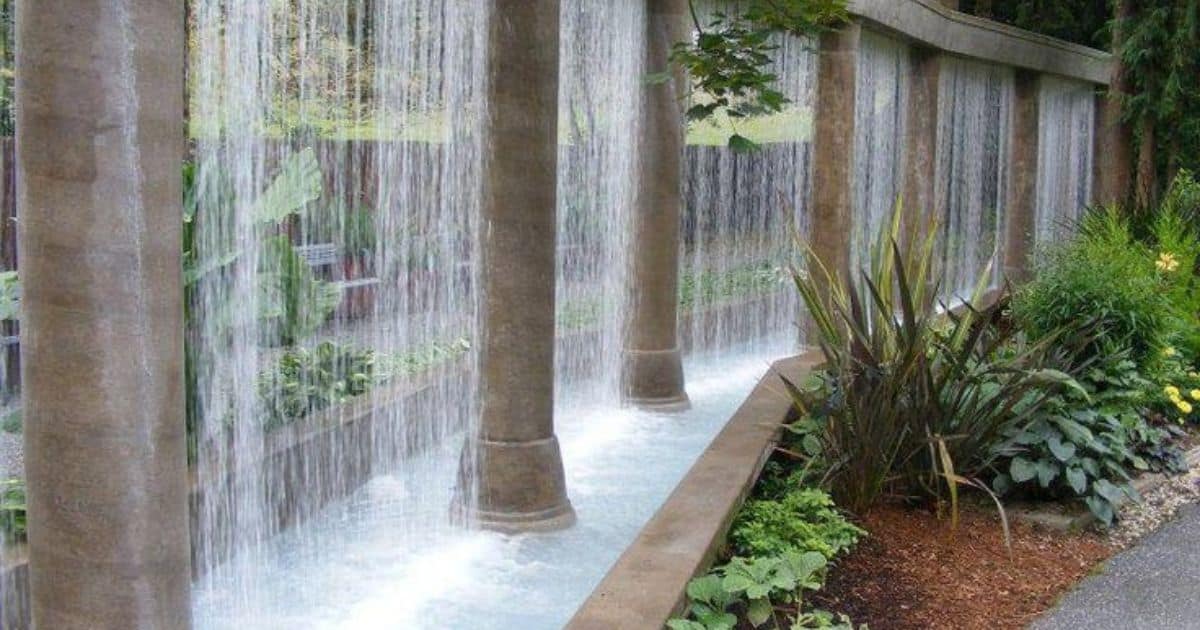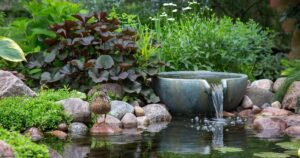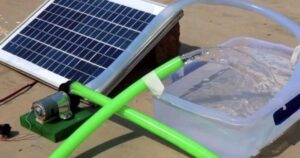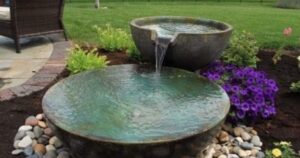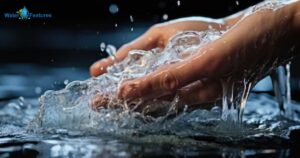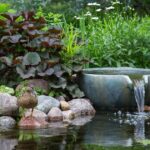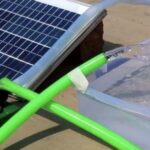A Rain Curtain Water Feature is like a waterfall for your outdoor space. It looks like a gentle rain falling from a vertical arrangement of slim tubes or channels. The water flows down, creating a curtain-like effect. This feature brings a touch of beauty and calmness to outdoor areas.
When we talk about a “Rain Curtain Water Feature,” we’re not just talking about something pretty. It’s like an invitation to experience nature in a special way. Imagine the soothing sound of water droplets falling, just like a soft rain. This feature isn’t just there to look nice; it wants you to relax and enjoy the peaceful atmosphere it creates in your outdoor space.
This special Rain Curtain Water Feature does more than just look good. Picture the sunlight playing on the falling water, making it sparkle and catch your eye. It’s not only about how it looks; it’s about how it makes you feel. The sound of the water falling adds a calming background noise. Whether it’s in a garden, on a patio, or in a courtyard, this Rain Curtain Water Feature turns regular outdoor places into peaceful spots, creating a connection between nature and the space around you.
Mechanism Behind a Rain Curtain
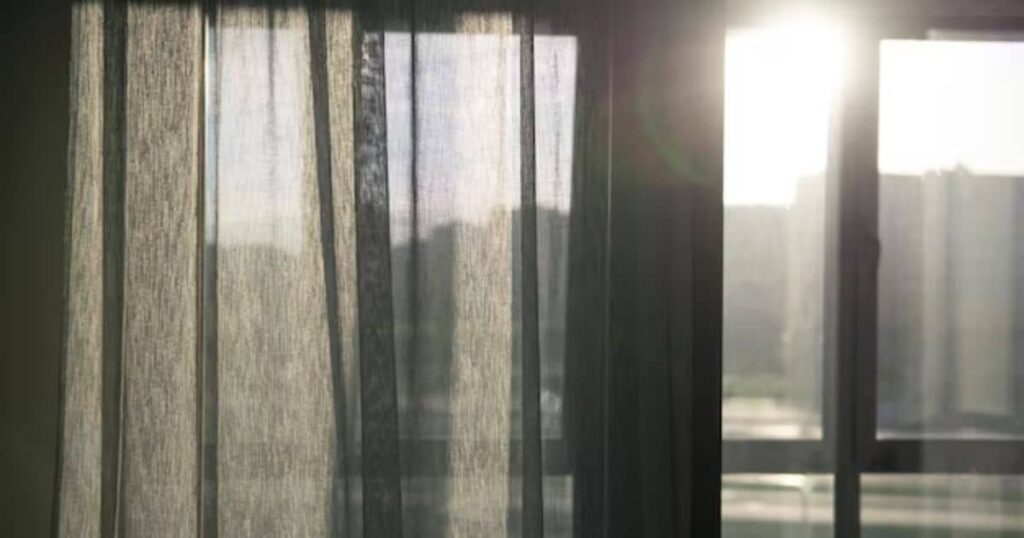
A rain curtain happens when raindrops fall together in a way that makes it look like a long, thin sheet of rain. Imagine standing under a waterfall, but instead of big drops, it’s like a gentle mist falling straight down. This curtain of rain occurs when a bunch of tiny water droplets come through the cold tap. together in the air. It’s like nature’s way of creating a delicate wall of rain. The droplets join forces and fall in unison, making it seem like there’s a curtain of rain hanging in the air.
To understand how this works, picture raindrops teaming up high in the sky. When many of these little drops cluster together, they form a continuous sheet as they travel down to the ground. It’s like a synchronized dance of water, making a beautiful and mesmerizing rain curtain. So, next time you see a rain curtain, remember it’s just a group of tiny water buddies teaming up to put on a graceful water show in the sky.
Choose the Right Rain Curtain Design for Your Space
Picking the best rain curtain design for your place is like choosing the right outfit – you want it to match and look good. Rain curtains come in different styles, so it’s important to think about the space where you want to put one. Consider the size and shape of the area, and also think about what kind of mood you want. Some rain curtains have big droplets that fall quickly, creating a lively atmosphere, while others have smaller droplets for a softer feel. Look for a design that fits well with the vibe you want in your space.
Another thing to think about is where the rain curtain will go. If it’s for your garden, a curtain with a gentle mist might be nice, like a nature sprinkle. For a cozy indoor space, maybe a curtain with slower, bigger drops could create a calming ambiance. Don’t forget about colors too – some rain curtains come in different shades. So, when you’re choosing a rain curtain design, take a moment to think about your space and how you want it to feel, just like when you’re picking out the perfect decoration.
Installation and Maintenance of Rain Curtain Water Features
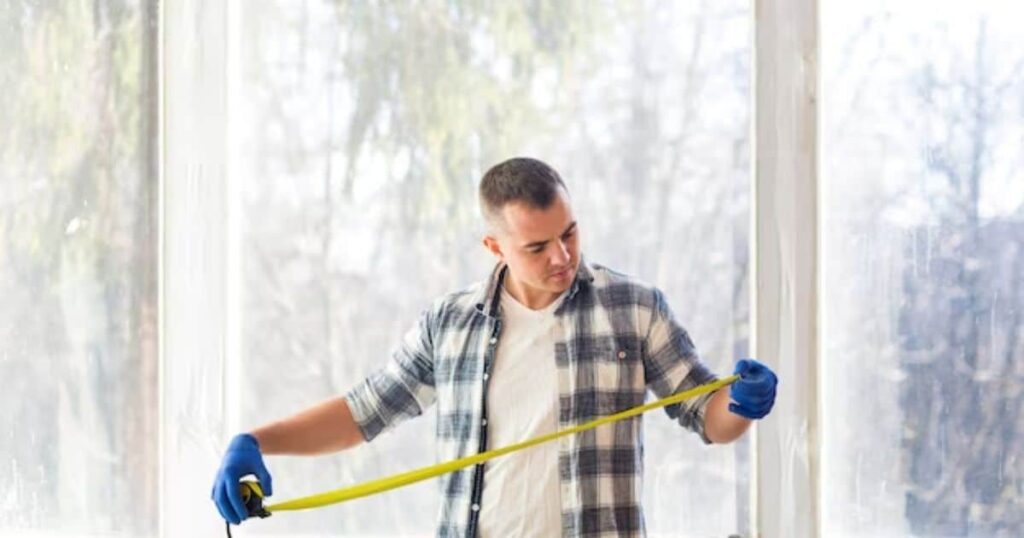
Installation of Rain Curtain Water Features:
Location Planning: Begin by choosing the right spot for your rain curtain. Consider factors like visibility, access to water source, and the overall aesthetic of the area.
Secure Mounting: Ensure a stable and secure mounting structure for the rain curtain. This may involve brackets, frames, or support structures depending on the design and size of the feature.
Water Supply: Connect the rain curtain to a reliable water source. Depending on the design, this may involve a water pump or a simple hose connection.
Testing and Adjustments: Before finalizing the installation, test the rain curtain to ensure proper functioning. Make any necessary adjustments to the flow rate or positioning for the desired effect.
Maintenance of Rain Curtain Water Features:
Regular Cleaning: Keep the rain curtain clean from debris and dirt to maintain its aesthetic appeal. Wipe down surfaces and remove any blockages in the water flow.
Inspect for Wear and Tear: Periodically inspect the components for signs of wear or damage. Check for leaks, loose connections, or any issues with the mounting structure.
Water Quality: Monitor the water quality to prevent clogging or damage to the rain curtain. Consider using filters or solutions for safe water.
Seasonal Adjustments: Depending on the climate, make seasonal adjustments to the water flow or the positioning of the rain curtain. This ensures optimal performance throughout the year.
Customization Options for Rain Curtain Water Features
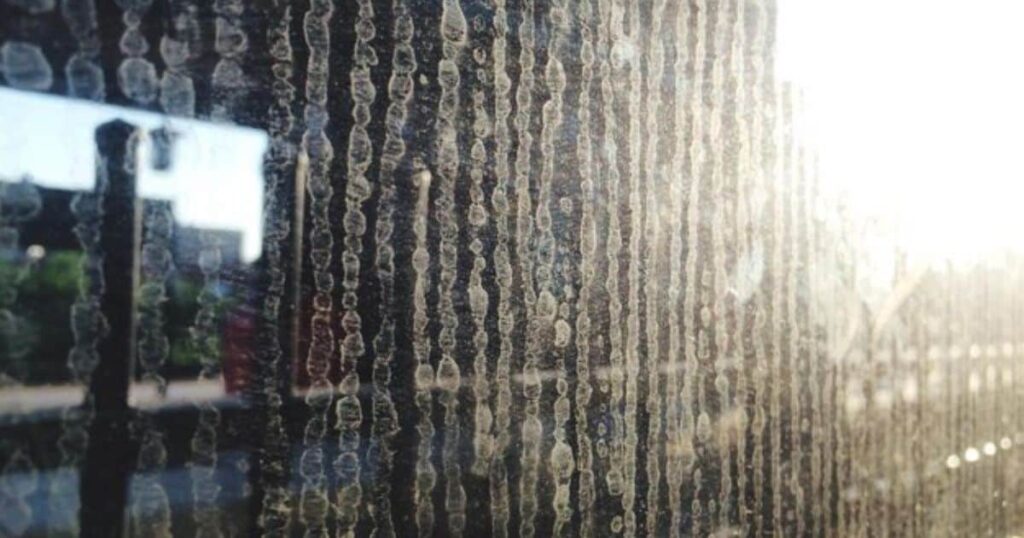
| Customization Options | Description |
| Design and Shape | Choose from various shapes and designs to suit your style. |
| Size | Select the dimensions that fit the space and your vision. |
| Water Flow Rate | Adjust the speed and intensity of the falling water. |
| Color and Lighting Effects | Enhance the ambiance with colored lights or water dye. |
| Material and Finish | Pick materials and finishes that complement your setting. |
| Mounting Options | Explore different mounting styles for a tailored look. |
| Sound Effects | Customize the water sound – from gentle to lively. |
| Integration with Landscaping | Blend the rain curtain seamlessly into your landscape. |
FAQ’s
How to make a cheap water feature?
To create a budget-friendly water feature, consider repurposing materials like old containers or buckets as basins. Use a submersible pump and add decorative elements like stones for an inexpensive yet charming DIY water feature.
How to make a waterfall?
- Location Selection
- Gather Materials
- Create a Slop
- Install a Pond Liner
- Place Rocks
- Install a Water Pump
How to make a water fountain?
To make a water fountain, choose a container or basin, add a submersible pump, and arrange decorative elements like stones or sculptures. Connect the pump to a water source, ensuring a recirculating system, for a simple and attractive DIY water fountain.
What is a mini waterfall called?
A mini waterfall is often referred to as a “cascade” or “water feature.” It’s a smaller-scale version of a traditional waterfall.
Conclusion
A rain curtain is like a delicate wall of rain formed by tiny water droplets falling together. Choosing the right rain curtain design is like picking an outfit – consider the size, shape, and mood of your space. For installation, find a good spot, secure the mounting, connect to water, and test for adjustments. Maintenance involves regular cleaning, checking for wear, monitoring water quality, and making seasonal adjustments. You can customize your rain curtain with various options like design, size, water flow rate, colors, materials, and more to suit your style and seamlessly blend into your space.
